CIVIL WORK
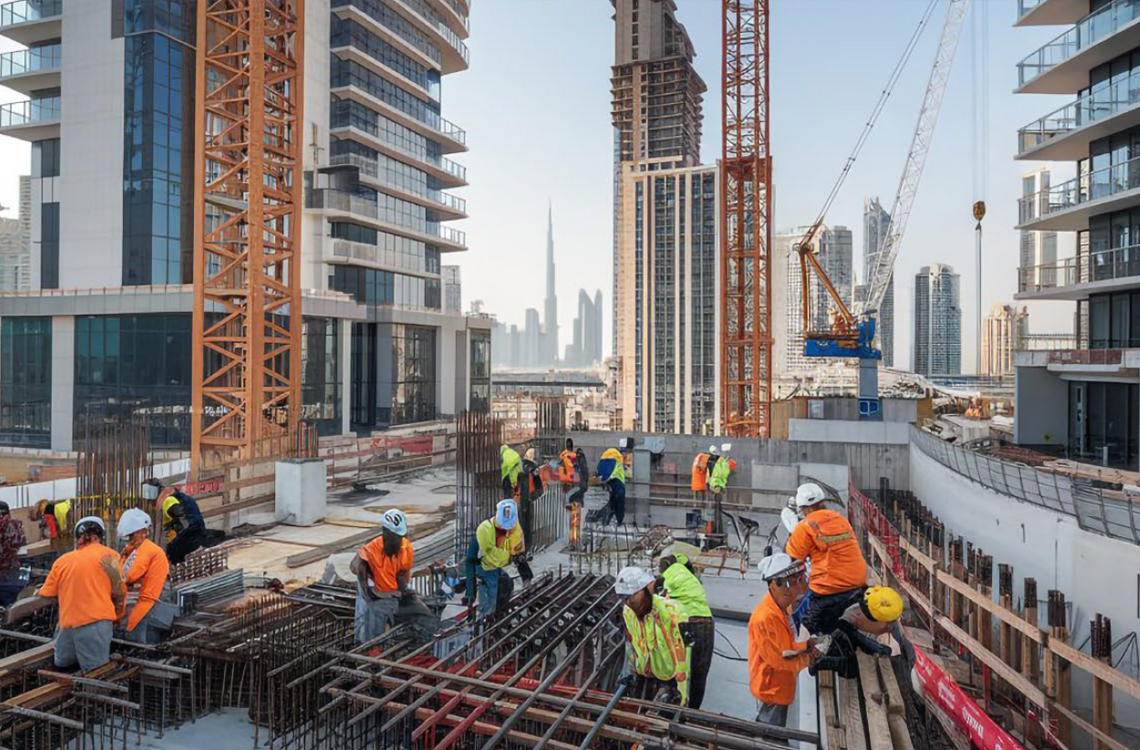
All Civil and EM activities of Buildings.
All Civil and EM Activities of Buildings” encompasses the essential tasks involved in
constructing and maintaining a building’s structure and its systems. Civil activities
include foundational work, site preparation, structural elements like concrete and
steel frameworks, as well as drainage and roadworks. These are vital for the physical integrity and stability of the building, ensuring it can withstand various environmental factors like load, weather, and ground conditions.

Paint & water proofing work
Paint and waterproofing work are crucial for the longevity, aesthetics, and protection of buildings. Both play vital roles in safeguarding structures from environmental damage and enhancing their visual appeal.
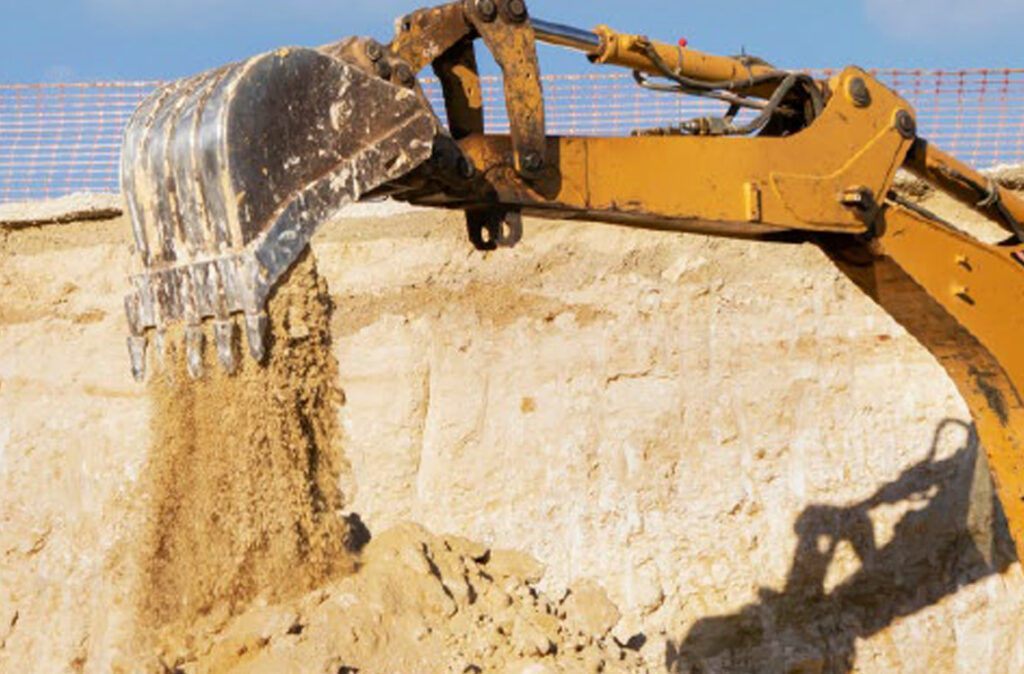
Side Protection Slopes.
Side protection slopes are essential in construction
and civil engineering to ensure the stability and safety of sloped surfaces, particularly in areas like embankments, hillsides, or excavation sites. These slopes are designed to prevent soil erosion, landslides, and other forms of ground instability that can compromise the structural integrity of a project or pose risks to nearby buildings and infrastructure.

Curb Stone and Interlock tiles installation
The Electrical, Mechanical, and Plumbing (MEP) works form the backbone of any building’s infrastructure, ensuring that all systems operate efficiently, reliably, and safely. For a Technical Integration Technology Company, MEP systems are even more critical, as they directly impact the performance of the company’s operations, including the management of sensitive equipment, servers, and technology-driven workspaces. Effective MEP design and installation are key to maintaining uptime, optimizing energy use, and ensuring the overall comfort and safety of employees.

Rip Rap and other natural stone installation Works.
Rip Rap and other natural stone installations are commonly used in construction
and landscaping to provide erosion control, enhance structural stability, and improve the aesthetic appeal of a project.
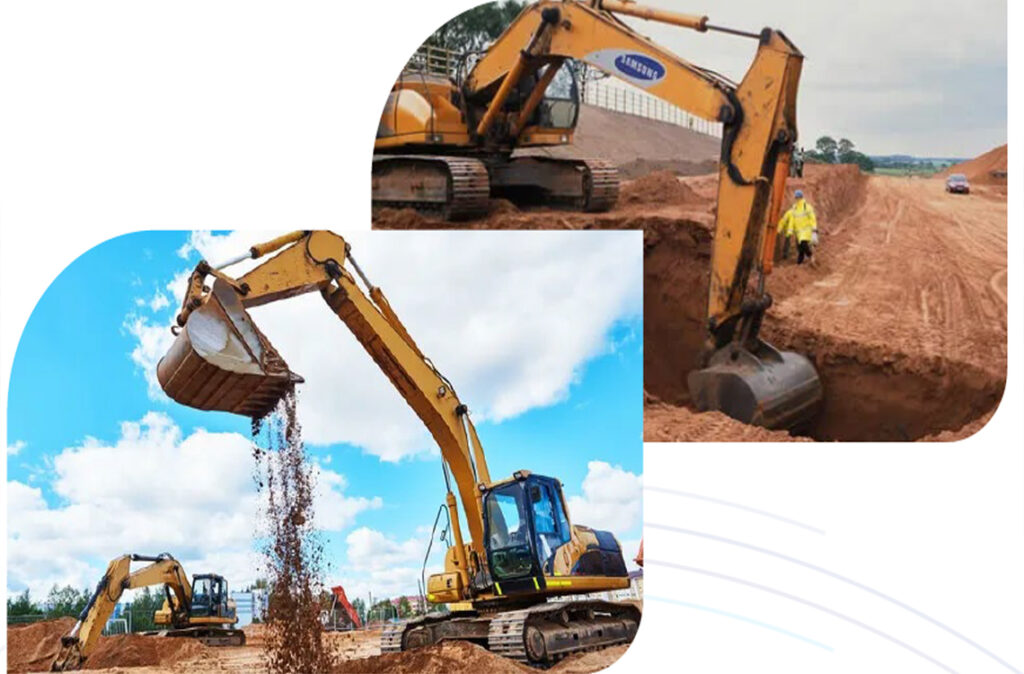
Excavation and backfilling for different activities
Excavation and backfilling are fundamental activities in construction, providing
a foundation for various structures and systems. These processes involve the removal of soil or rock (excavation) and the replacement of material (backfilling) to ensure stability, support, and proper installation of structures like buildings, roads, pipelines, and utilities
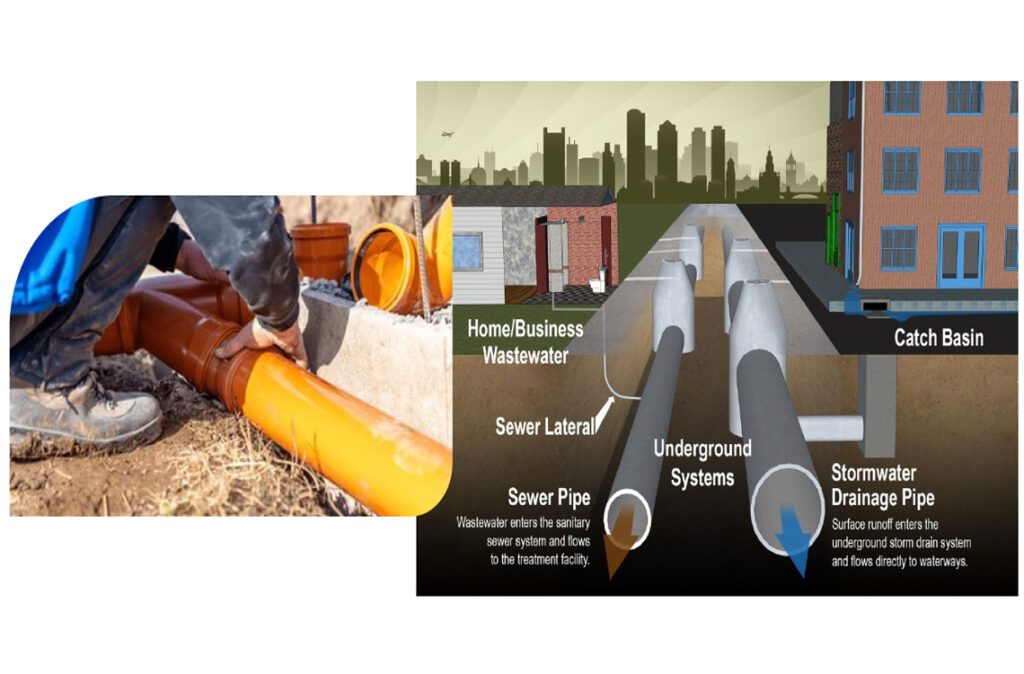
Installation of Different types and sizes of Pipes for drainage of water
Excavation and backfilling are fundamental activities in construction, providing
a foundation for various structures and systems. These processes involve the removal of soil or rock (excavation) and the replacement of material
(backfilling) to ensure stability, support, and proper installation of structures
like buildings, roads, pipelines, and utilities.

Pulling, Installation and termination of different dia of electrical cables
The pulling, installation, and termination of electrical cables of various diameters is a critical process in electrical systems for both residential, commercial, and industrial settings. It ensures that power and communication lines are securely and efficiently installed to meet system demands, safety standards, and performance requirements.
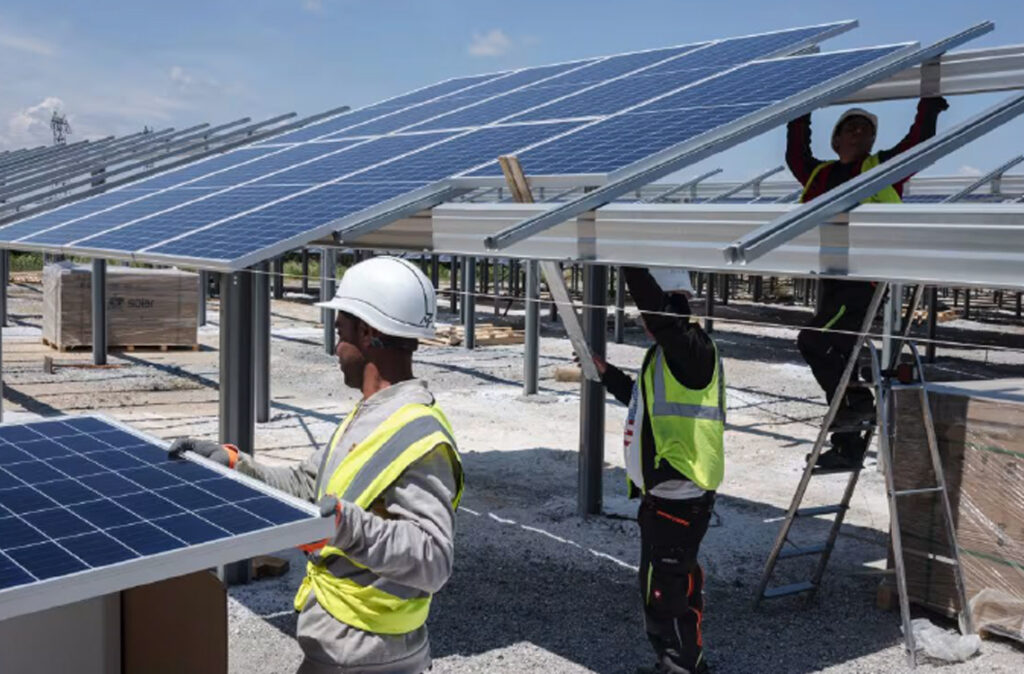
Installation of solar panels including preparing their foundations
The installation of solar panels, including preparing their foundations, is a multi-step process that ensures solar energy systems are securely and efficiently installed to harness sunlight for generating electricity. Proper installation involves not only mounting the solar panels but also ensuring the structure is stable, durable, and optimized for maximum energy production. Below are the key steps in this process, from foundation preparation to panel installation.
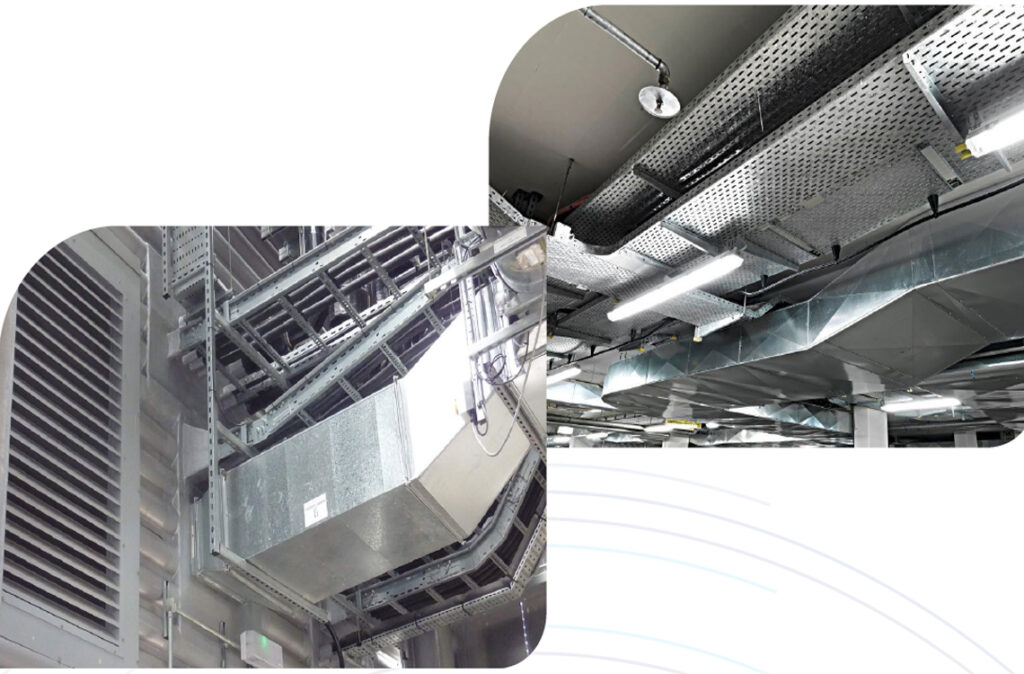
Fabrication and Installation of cable trays, HVAC ducts and accessories
The fabrication and installation of cable trays, HVAC ducts, and accessories is a critical part of electrical, mechanical, and ventilation systems in residential, commercial, and industrial buildings. These systems support and protect essential infrastructure, ensuring efficient operation and safety. Below are the detailed steps and considerations for the fabrication and installation process.
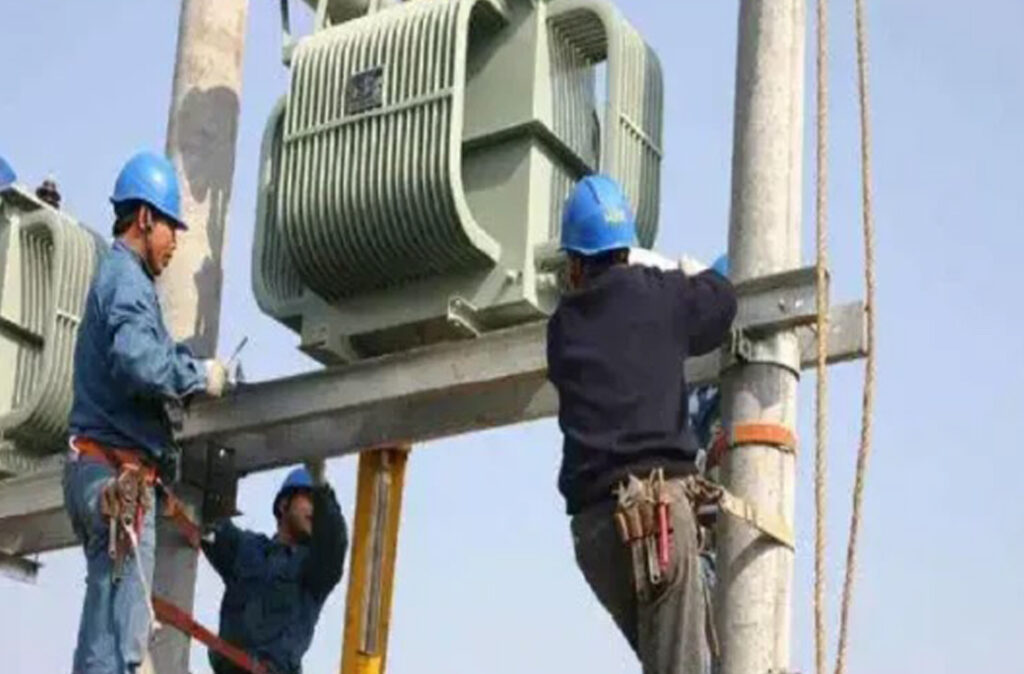
Installation of Transformers and other electrical appliances
The installation of transformers and other electrical appliances is a critical process in ensuring effective power distribution and efficient operation of electrical systems. This overview outlines the key steps, considerations, and safety measures involved in the installation process.
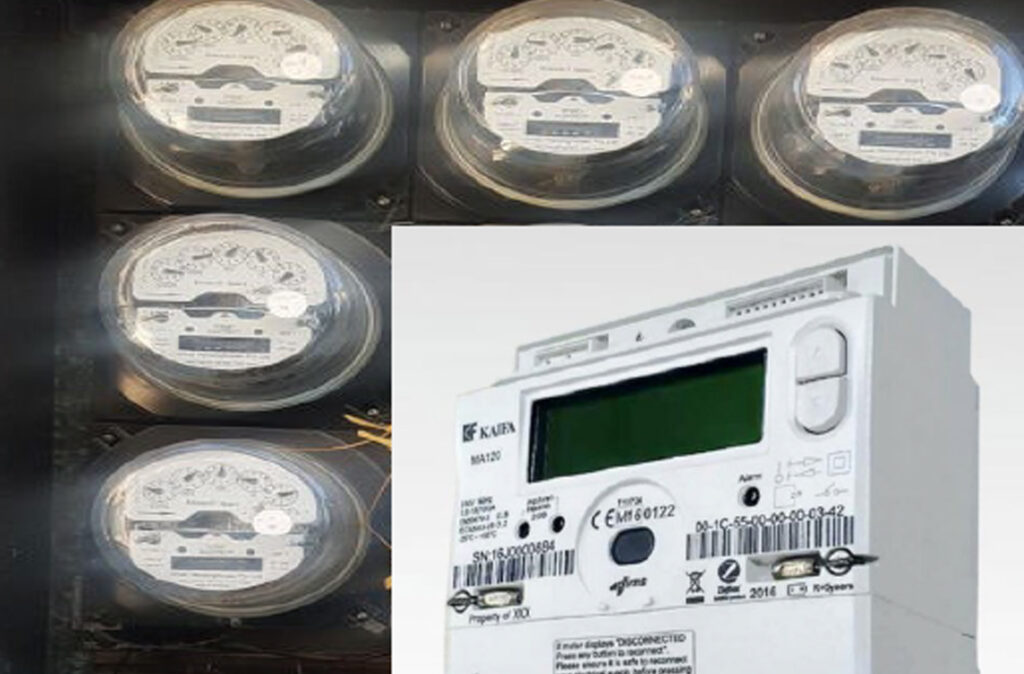
Swapping of old analogue electrical meter with smart meter
Swapping an old analog electrical meter with a smart meter is an essential step towards modernizing energy management and enhancing efficiency.
Smart meters provide real-time data on energy consumption, allowing consumers to monitor usage patterns and enabling utility companies to optimize energy distribution. Here’s a detailed overview of the process, benefits, and considerations involved in replacing an analog meter with a smart meter.
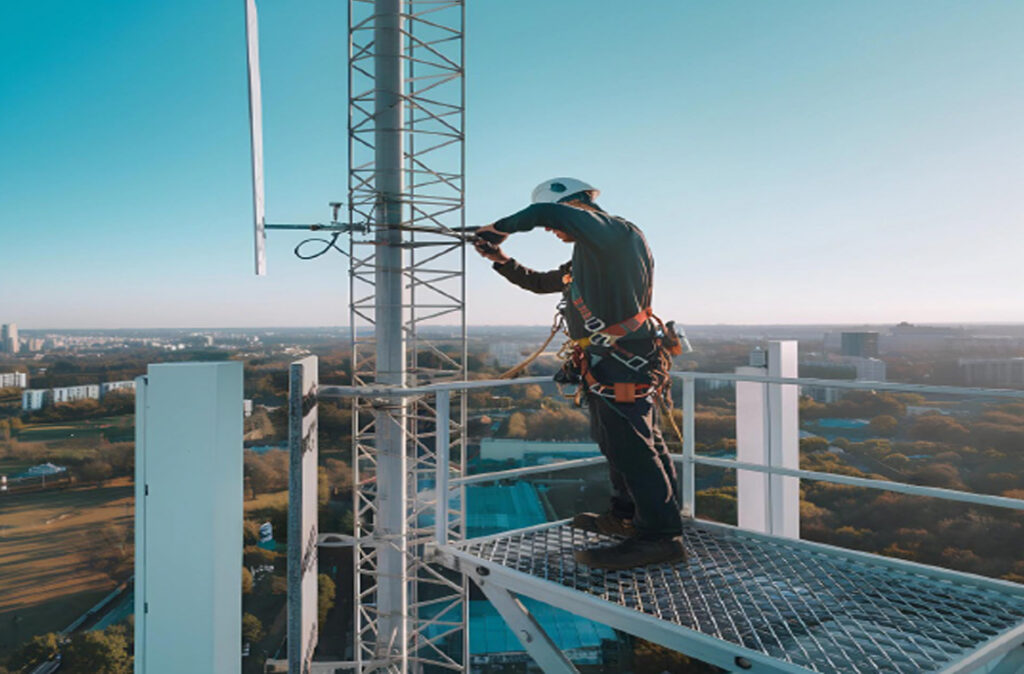
Towers installation & Renovation
The installation and renovation of towers, whether they are telecommunications
towers, transmission towers, or other types, involve a systematic approach to ensure structural integrity, safety, and functionality. Below are the key components and processes involved in the installation and renovation of towers.
